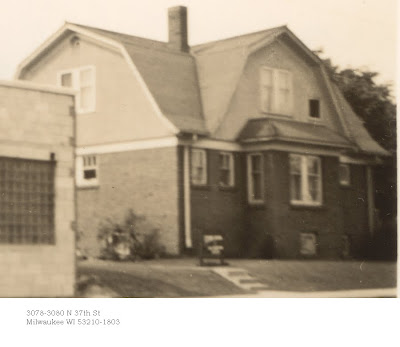In case anyone's interested, here's the link to my article on the Good Friday religion page of the
Herald-Citizen in Cookeville, TN. Matthew, Mark, and Luke all mention that the temple curtain tears from top to bottom at the time of Jesus' death, but I had never heard anything about what that might mean. So I looked it up, and found it to be quite significant. Hope you find it as interesting as I did.
Easter blessings to all, Missy
Addendum: Thanks to Sharon for letting me know the link has expired. :-) I've added the text of the article below. And Sharon, your comment is very interesting - I never thought of the ladder problem, and it wasn't in any of the commentaries I read.
The Way Through the Curtain
For Christians, the central event of God’s work of salvation is the atoning work of Christ on the cross. The meaning of the English word atonement is easy to see by dividing the word into its parts: at-one-ment. It means at one with. In our Christian faith, atonement speaks of the reconciliation between God and the fallen creation, especially between God and sinful human beings. Reconciliation with God leads to reconciliation with ourselves, with our communities, and with the world.
Throughout the Bible, the images of atonement threaten to overwhelm us by their sheer abundance. One of the images that is seldom given much attention is the rending of the temple veil brought about by Jesus’ death (Matthew 27:51, Mark 15:38, Luke 23:45). To understand the significance of the torn veil, we must go back to the meaning of the temple in Jewish society. The temple, in its most basic sense, symbolizes the dwelling place of God. The temple also symbolizes the center of the cosmos, the meeting place between heaven and earth. As a symbol of creation, the temple evokes the Garden of Eden or paradise. Because the temple represented the dwelling place of God on earth, it was a symbol of holiness. Unlike a synagogue or church, the inside of the temple itself was not a place of public worship. On the inside was located the Ark of the Covenant in the Holy of Holies. The curtain or veil protected the Ark of the Covenant and the Holy of Holies from common view. Only the high priest could go beyond the veil, and only on the Day of Atonement. Understanding this symbolism, we can see that the tearing of the curtain opens the way for us into the very presence of God.
In The Epistle to the Hebrews, the author compares Jesus to the “great high priest over the house of God” (10:21) and the torn curtain to Jesus’ own flesh (10:20). In other words, Jesus is both priest and sacrifice. As God Incarnate, Jesus is the ultimate Great High Priest. As God With Us, fully human but without sin, Jesus is the ultimate and perfect sacrifice. Christ, the great high priest, replaces the curtain of the temple with his own broken flesh. Through his broken flesh, sinful humanity is allowed to stream through the gap between humanity and divinity, into the very presence of God, reconciled to God forever. Humanity is now at one with God.
The author of Hebrews goes on to explain what it means for us to be reconciled with God. In Hebrews 10:22-24, we are called to faith, hope, and love. Because Jesus has opened the way through his flesh into God’s inner sanctuary, we can approach God “with a true heart in full assurance of faith.” We can “hold fast to the confession of our hope without wavering,” and “we are to provoke one another to love and good deeds.”
Finally, we are reminded not to neglect the assembly of the saints (see Hebrews 10:25). In setting us at one with God, Christ’s work of atonement also sets us at one with self and neighbor. At the foot of the cross on Good Friday, we find that we are not alone. We are surrounded by witnesses who not only give glory to God, but also encourage each other. For the author of Hebrews, the cross is not simply a matter of personal salvation. In the cross, we are all made one in Christ – one with God, one with self, and one with neighbor, a divine wholeness for all of eternity.














































